The golden age of motorsport was a thrilling era marked by innovation, speed, and unforgettable races. This period gave rise to some of the most legendary racing cars that continue to inspire awe and admiration. In this article, we’ll explore 25 of these iconic vehicles, each one a testament to the engineering prowess and competitive spirit that defined motorsport’s golden years.
Contents
Ferrari 250 GTO
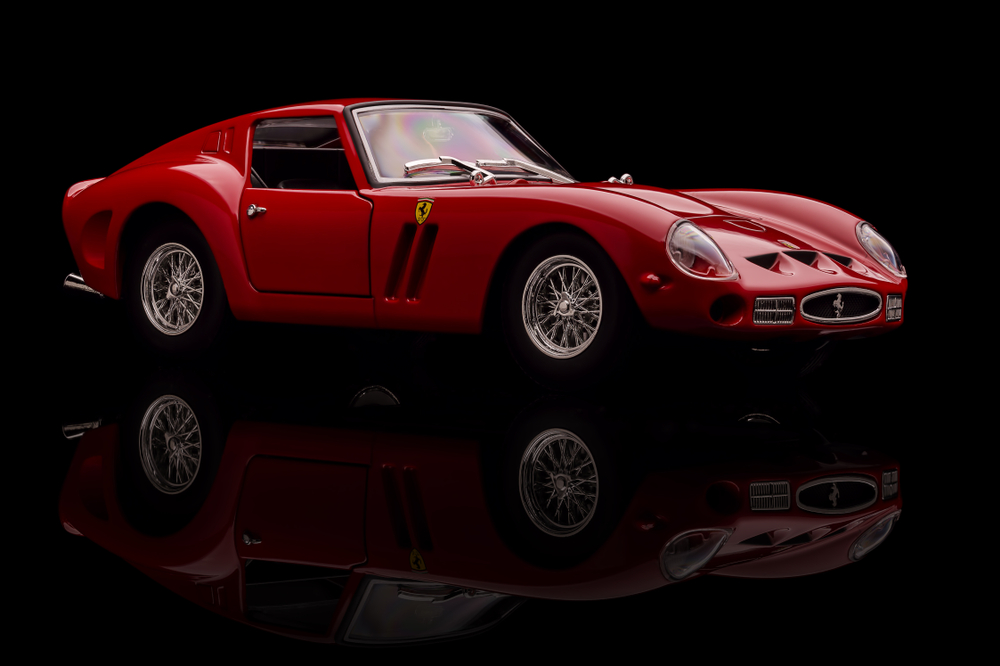
The Ferrari 250 GTO is an icon of motorsport’s golden age, known for its stunning design and racing prowess. Produced from 1962 to 1964, it featured a 3.0-liter V12 engine that delivered around 300 horsepower, enabling it to achieve impressive speeds. The 250 GTO’s success on the track, including multiple victories at Le Mans and other endurance races, solidified its legendary status. Its rarity, with only 36 units built, and its elegance make it one of the most coveted classic racing cars.
Porsche 917
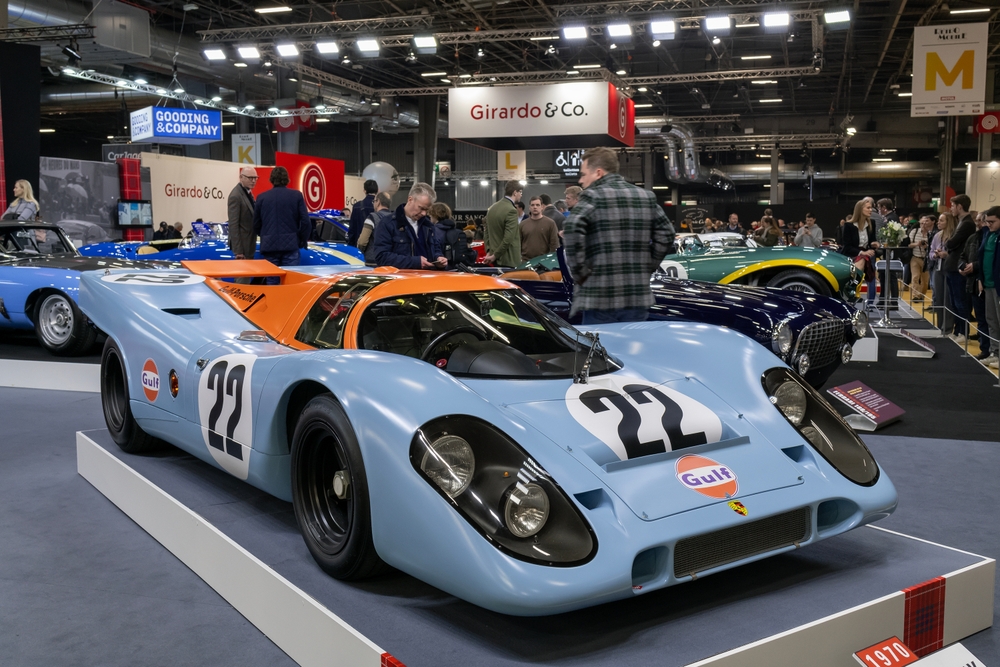
The Porsche 917 is revered for its dominance in endurance racing, particularly at the 24 Hours of Le Mans. Introduced in 1969, it boasted a flat-12 engine producing up to 580 horsepower. Its aerodynamic design and incredible speed capabilities revolutionized racing car engineering. The 917’s victories at Le Mans in 1970 and 1971, among other successes, earned it a permanent place in motorsport history.
Shelby Cobra Daytona Coupe

The Shelby Cobra Daytona Coupe, designed by Peter Brock and developed by Carroll Shelby, was built to challenge Ferrari’s dominance in GT racing. With a 4.7-liter V8 engine, it produced around 385 horsepower. Its sleek, aerodynamic body allowed it to reach high speeds, and it won the GT class in the 1965 World Sportscar Championship. Only six were made, making it an ultra-rare and highly prized piece of racing history.
Ford GT40
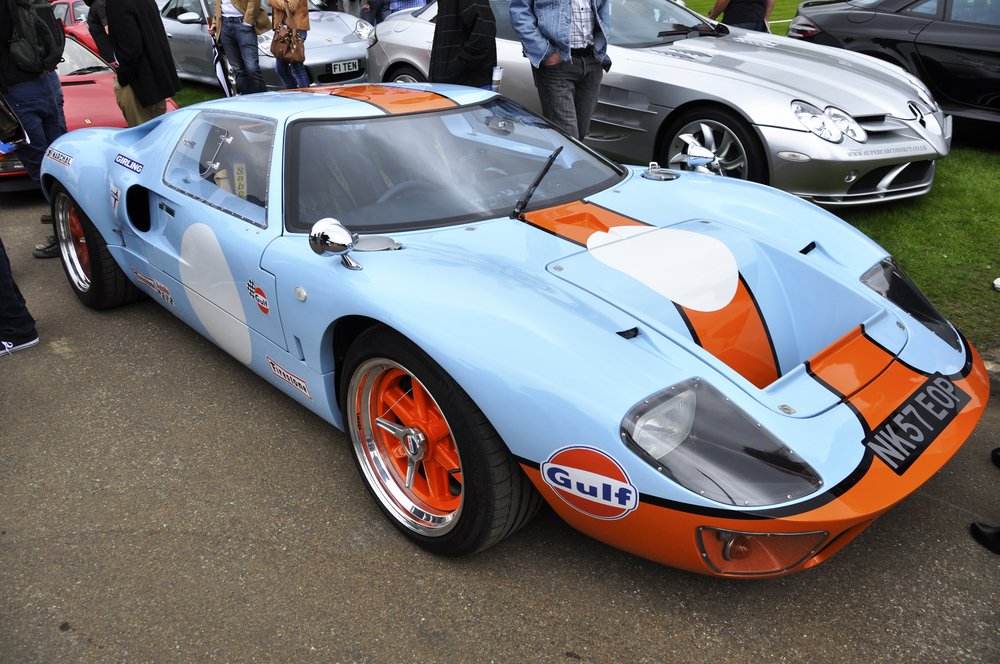
The Ford GT40 is a symbol of American racing success, created to beat Ferrari at Le Mans. Equipped with a powerful V8 engine, it secured four consecutive Le Mans victories from 1966 to 1969. The GT40’s design combined power, reliability, and advanced aerodynamics, setting new standards in endurance racing and establishing Ford’s legacy in motorsport.
Jaguar D-Type
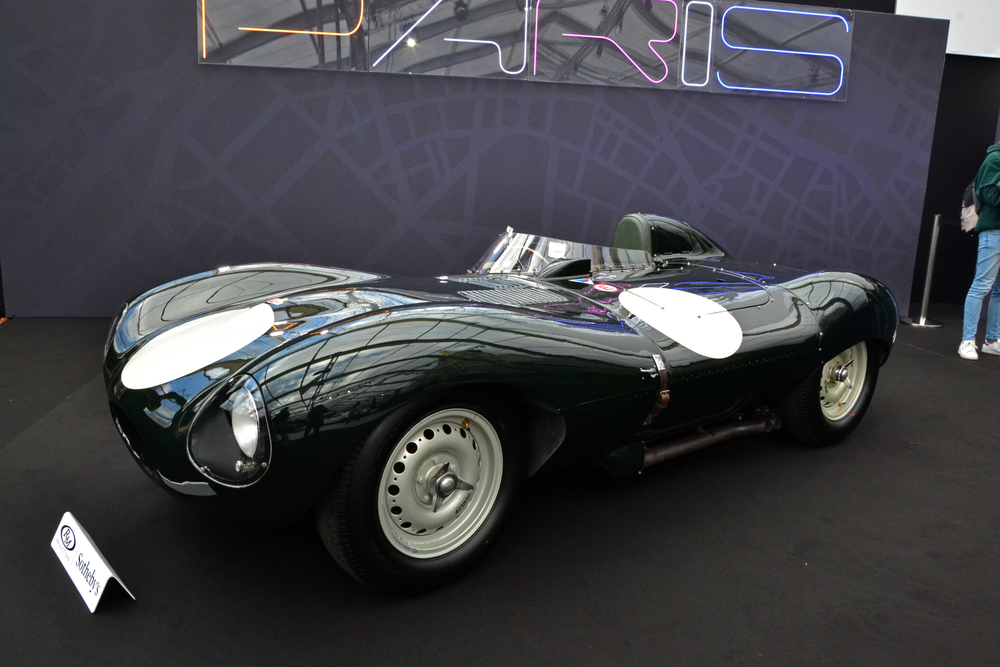
The Jaguar D-Type is celebrated for its aerodynamic design and exceptional performance in the 1950s. Powered by a 3.4-liter inline-six engine, it achieved three consecutive Le Mans wins from 1955 to 1957. The D-Type’s innovative monocoque construction and distinctive tail fin design contributed to its success and lasting influence on racing car design.
Mercedes-Benz 300 SLR
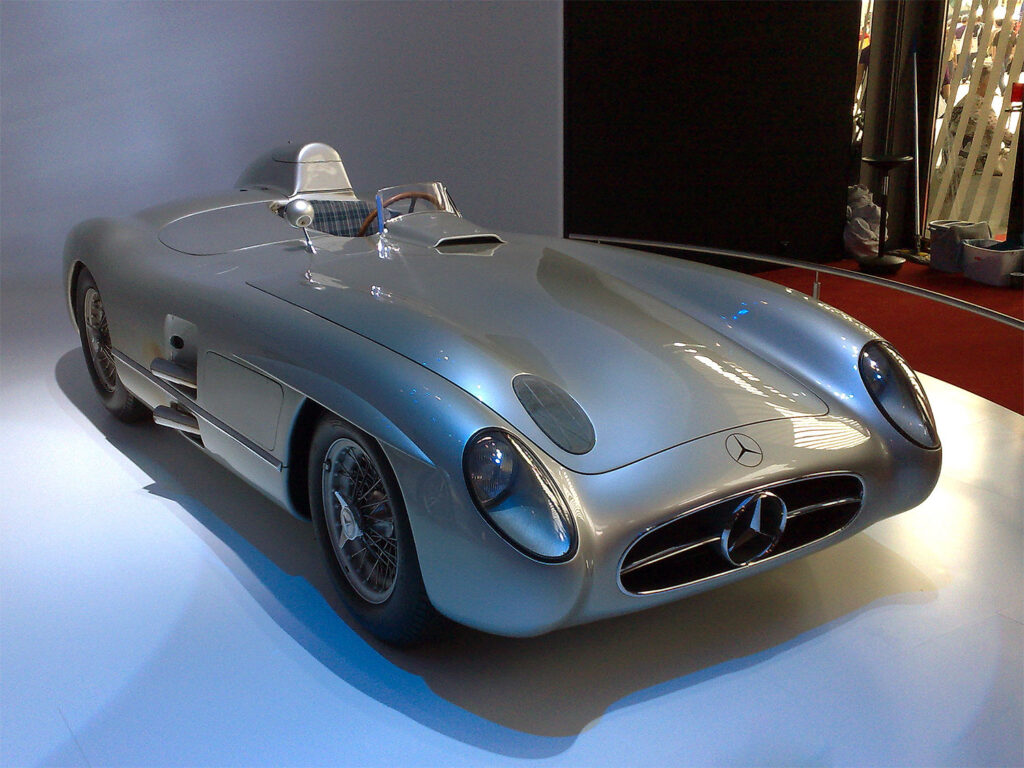
The Mercedes-Benz 300 SLR, based on the W196 Formula One car, was a dominant force in the 1955 World Sportscar Championship. Its 3.0-liter inline-eight engine produced around 310 horsepower. The 300 SLR’s advanced technology and engineering excellence, including its lightweight magnesium alloy body, helped it achieve victories in the Mille Miglia and Targa Florio. Its tragic involvement in the 1955 Le Mans disaster also marked a somber chapter in racing history.
Aston Martin DBR1
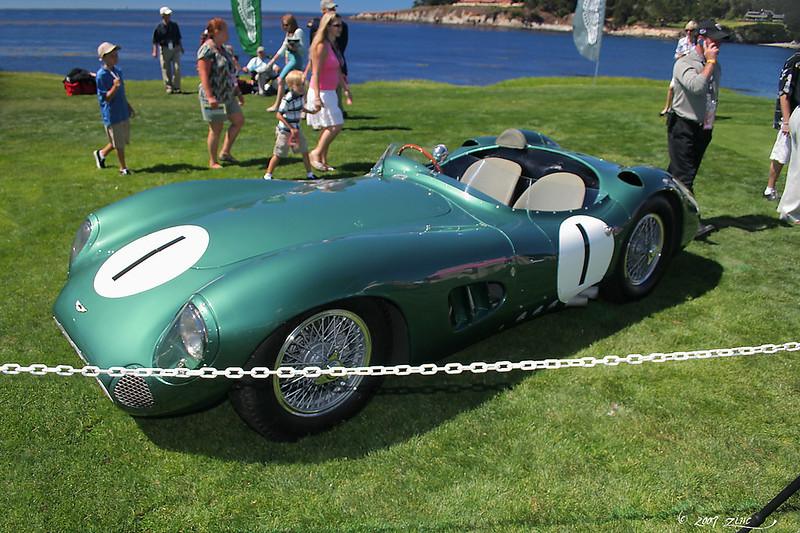
The Aston Martin DBR1 is renowned for its 1959 Le Mans victory, where it achieved a 1-2 finish. Featuring a 3.0-liter straight-six engine, the DBR1 combined power with lightweight construction. Its success in endurance racing, including wins at the Nürburgring 1000 km, made it a standout during the golden age of motorsport. The DBR1’s elegant design and limited production run of just five units add to its legendary status.
Lotus 49
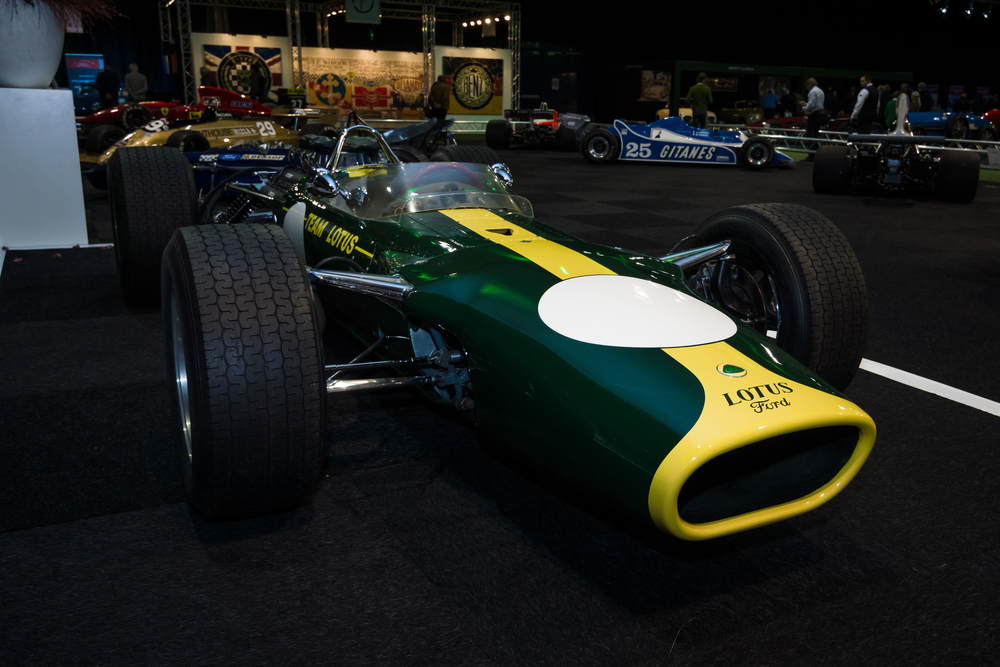
The Lotus 49, introduced in 1967, was a groundbreaking Formula One car featuring the revolutionary Cosworth DFV engine. The 3.0-liter V8 engine was used as a stressed member of the chassis, a pioneering concept. Driven by legends like Jim Clark and Graham Hill, the Lotus 49 secured numerous victories and championships, cementing its place in racing history. Its innovative design influenced the future of Formula One engineering.
Alfa Romeo 158
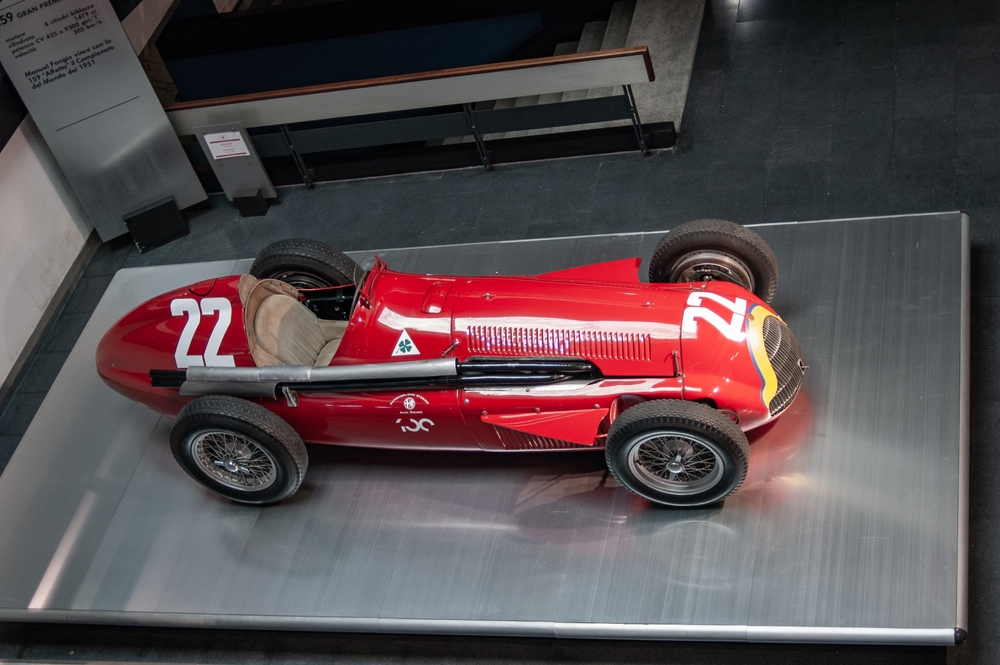
The Alfa Romeo 158, also known as the “Alfetta,” was a dominant force in pre- and post-war Grand Prix racing. Equipped with a supercharged 1.5-liter inline-eight engine, it produced over 400 horsepower in its later iterations. The 158’s impressive performance led to numerous victories, including winning the inaugural Formula One World Championship in 1950 with driver Giuseppe Farina. Its engineering excellence and competitive success make it a true legend.
Maserati 250F
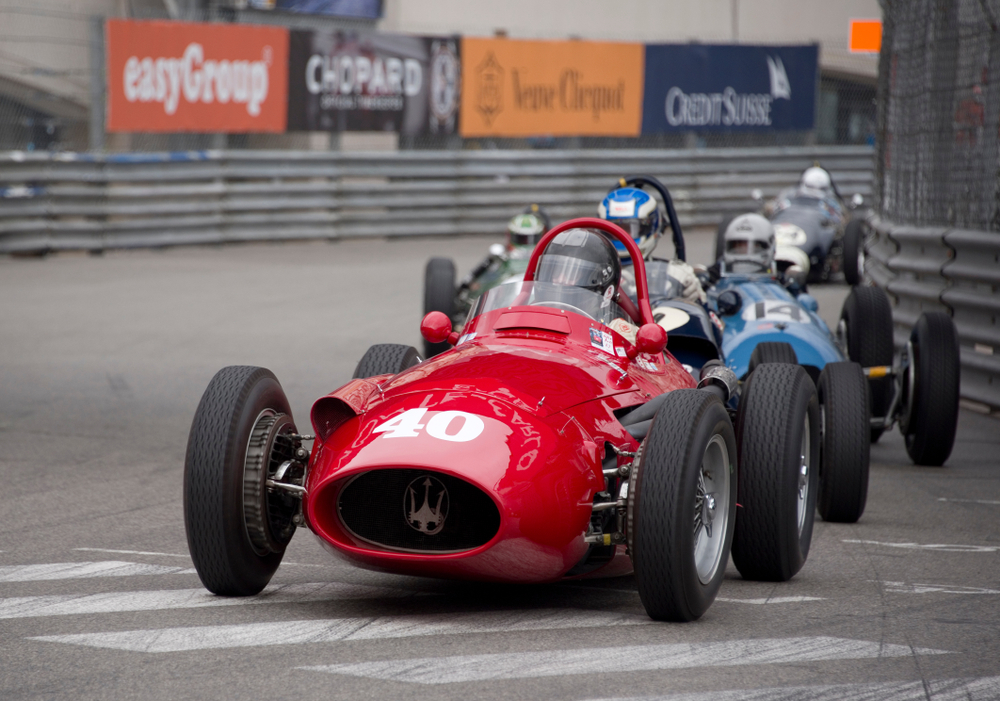
The Maserati 250F is celebrated for its elegance and success in Formula One during the 1950s. Powered by a 2.5-liter inline-six engine, it was known for its excellent handling and balance. Driven by racing greats like Juan Manuel Fangio and Stirling Moss, the 250F achieved significant victories, including Fangio’s World Championship win in 1957. Its timeless design and racing pedigree ensure its place among the greatest racing cars.
Bugatti Type 35
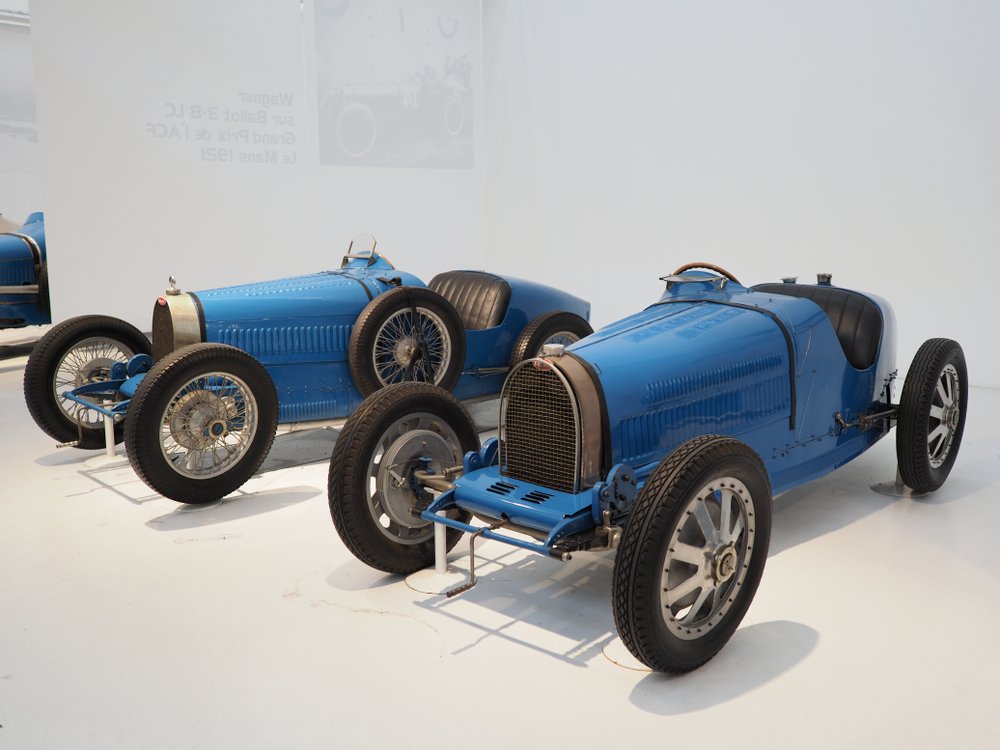
The Bugatti Type 35 is one of the most successful and iconic racing cars of the 1920s and 1930s. Its 2.0-liter inline-eight engine, advanced suspension, and lightweight construction contributed to its dominance in Grand Prix racing. The Type 35 won over 1,000 races, including the Targa Florio multiple times. Its blend of beauty, performance, and success makes it a quintessential golden age racer.
McLaren M8
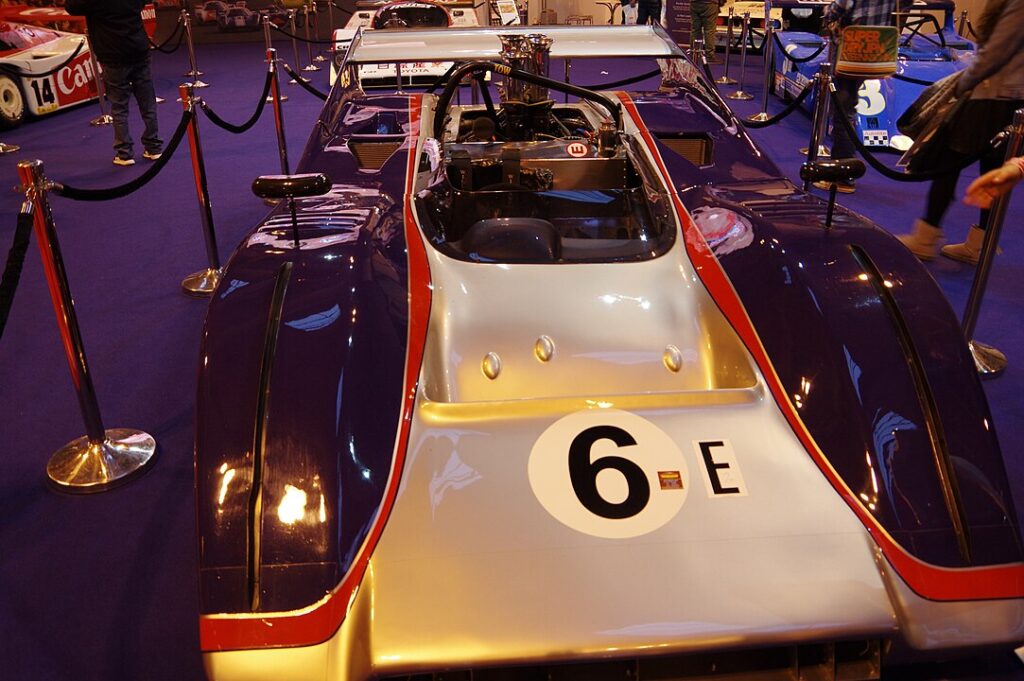
The McLaren M8 series, particularly the M8B and M8D, dominated the Can-Am series in the late 1960s and early 1970s. Equipped with massive V8 engines producing upwards of 700 horsepower, these cars were known for their incredible speed and innovative aerodynamics. The M8’s success in the Can-Am series helped establish McLaren as a powerhouse in motorsport, and its influence is still seen in racing today.
BRM P160

The BRM P160 was a prominent Formula One car in the early 1970s, known for its powerful V12 engine. Driven by racers like Pedro Rodríguez and Jo Siffert, the P160 achieved notable victories, including wins at the Monaco Grand Prix and the Italian Grand Prix. Its combination of speed and engineering excellence highlighted BRM’s competitiveness during this era.
Chaparral 2J
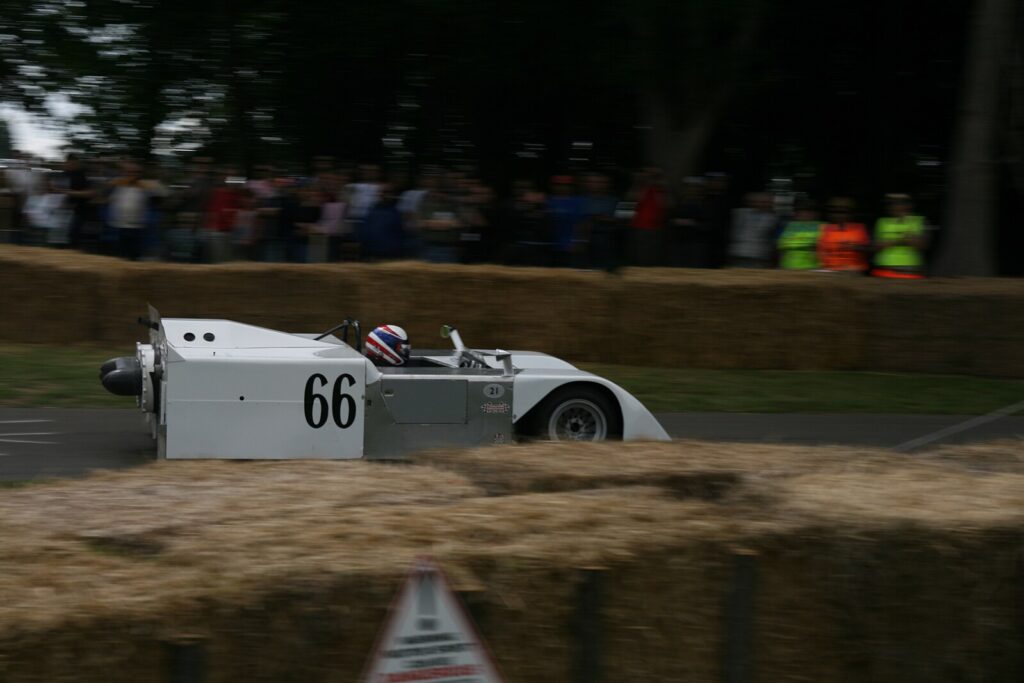
The Chaparral 2J, introduced in 1970, was a revolutionary car in the Can-Am series known as the “sucker car.” It featured two fans at the rear, powered by a secondary engine, which created a vacuum effect to increase downforce. This innovation gave the 2J superior cornering abilities, though it was eventually banned. The 2J’s bold engineering and unique design make it a standout in racing history.
Lancia D50
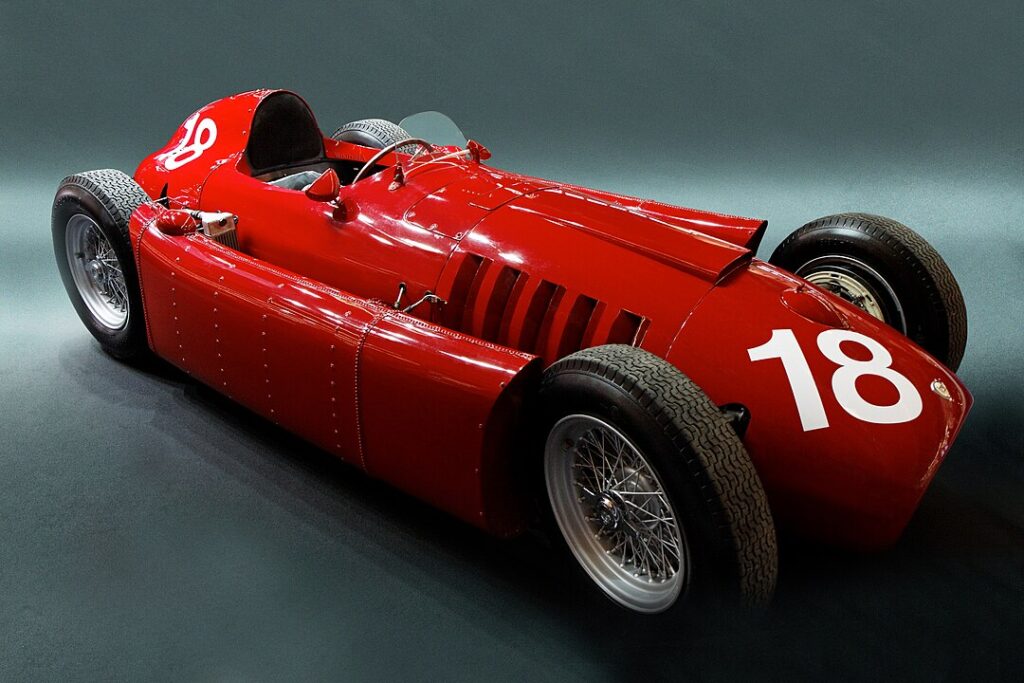
The Lancia D50, introduced in 1954, was a cutting-edge Formula One car with a 2.5-liter V8 engine. Its innovative design included side-mounted fuel tanks to improve weight distribution. After Lancia withdrew from racing, Ferrari acquired the D50, and it went on to win the 1956 World Championship with Juan Manuel Fangio. The D50’s blend of innovation and success secures its place among legendary racing cars.
Porsche 904 Carrera GTS
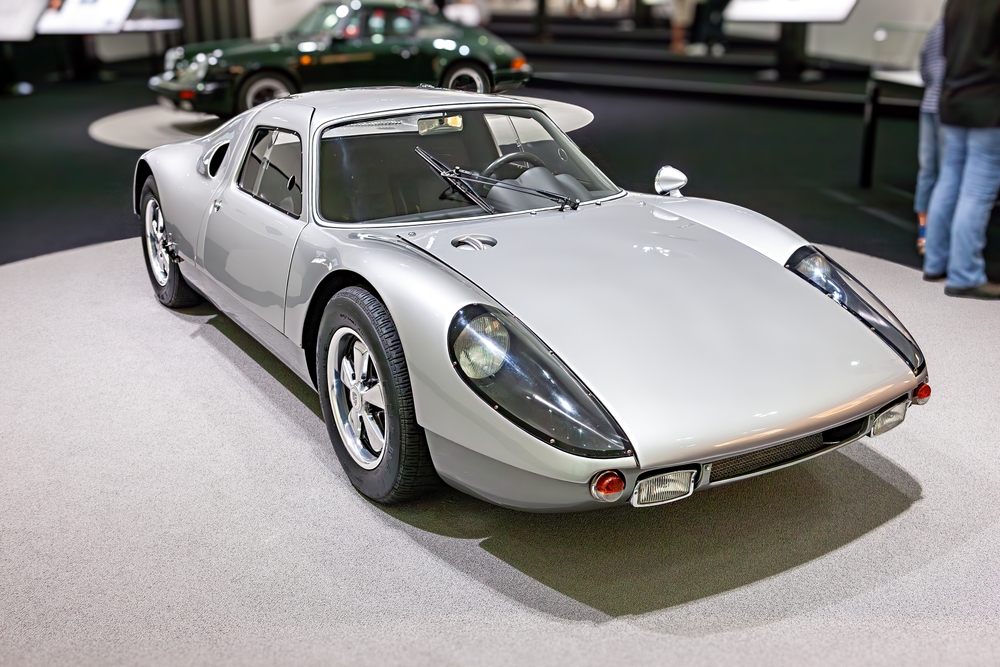
The Porsche 904 Carrera GTS, launched in 1964, was a versatile and successful racing car in both road and track events. Powered by a 2.0-liter flat-four engine, it featured a lightweight fiberglass body. The 904 achieved numerous class victories, including at the Targa Florio and Le Mans. Its blend of performance, design, and versatility make it a classic from motorsport’s golden age.
Ferrari 330 P4
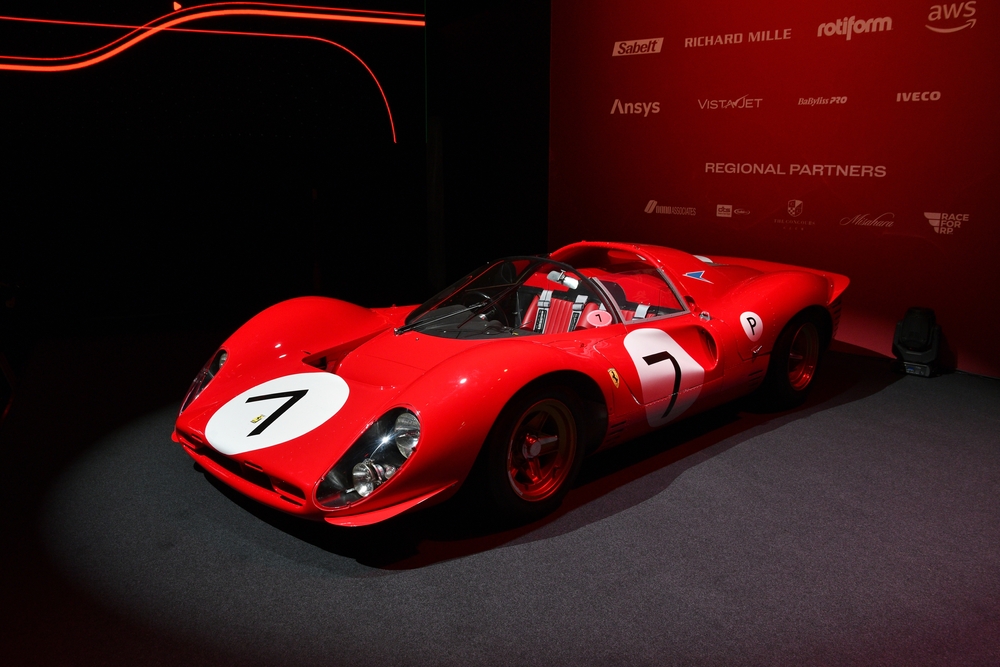
The Ferrari 330 P4, introduced in 1967, is celebrated for its beauty and racing success. With a 4.0-liter V12 engine, it produced around 450 horsepower. The 330 P4’s victories, including a 1-2-3 finish at the 1967 Daytona 24 Hours, underscored Ferrari’s prowess in endurance racing. Its stunning design and limited production run enhance its legendary status.
Lotus 25
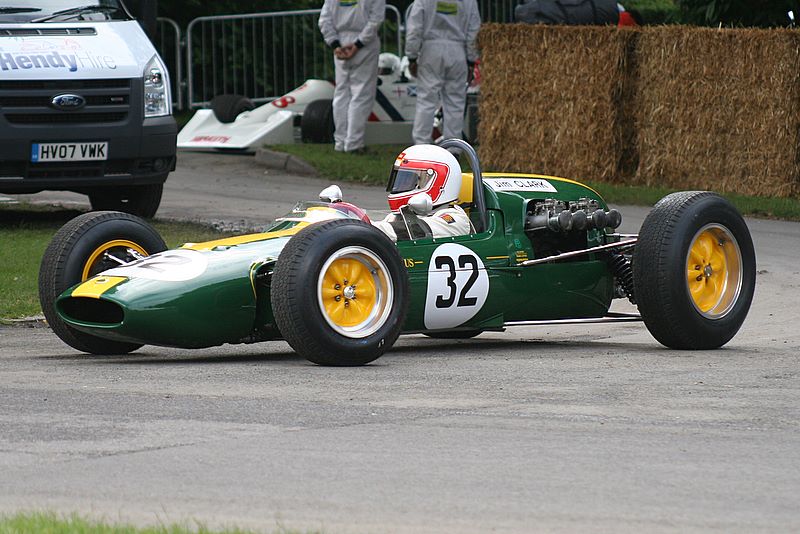
The Lotus 25, introduced in 1962, was a pioneering Formula One car with a monocoque chassis design. Powered by a Climax V8 engine, it offered improved rigidity and reduced weight. Driven by Jim Clark, the Lotus 25 secured the 1963 World Championship. Its innovative design and competitive success significantly influenced the future of Formula One car construction.
Alfa Romeo P3
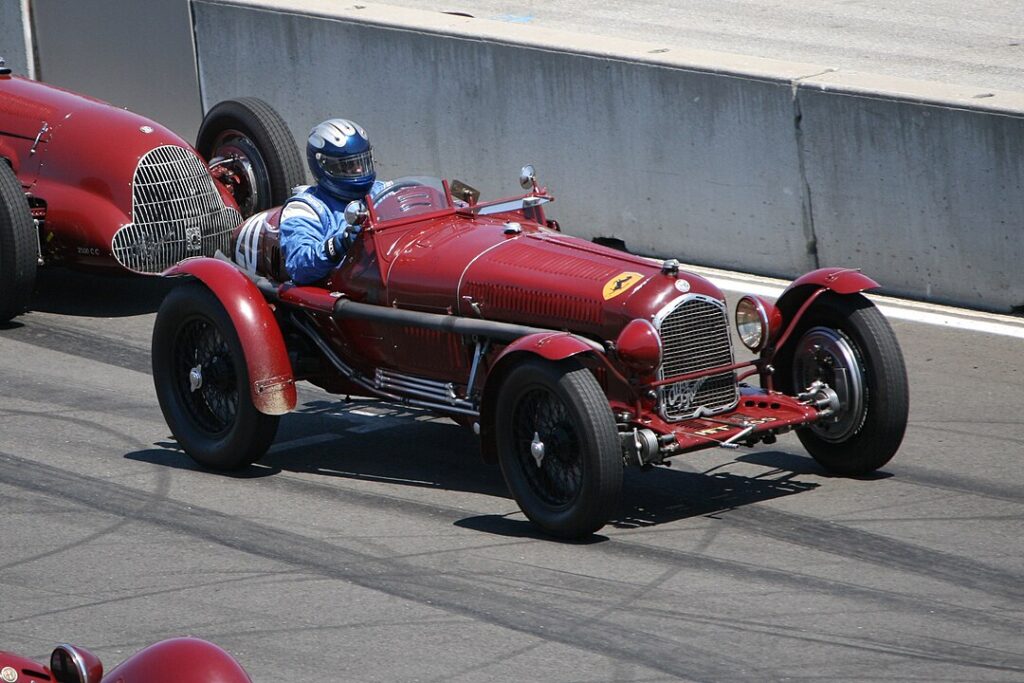
The Alfa Romeo P3, also known as the Tipo B, was a dominant Grand Prix car in the 1930s. It featured a supercharged 2.9-liter inline-eight engine and a lightweight, streamlined body. The P3’s numerous victories, including multiple wins at the Monaco Grand Prix, established Alfa Romeo as a powerhouse in pre-war racing. Its performance and design innovations make it a legendary car from the golden age.
Auto Union Type C
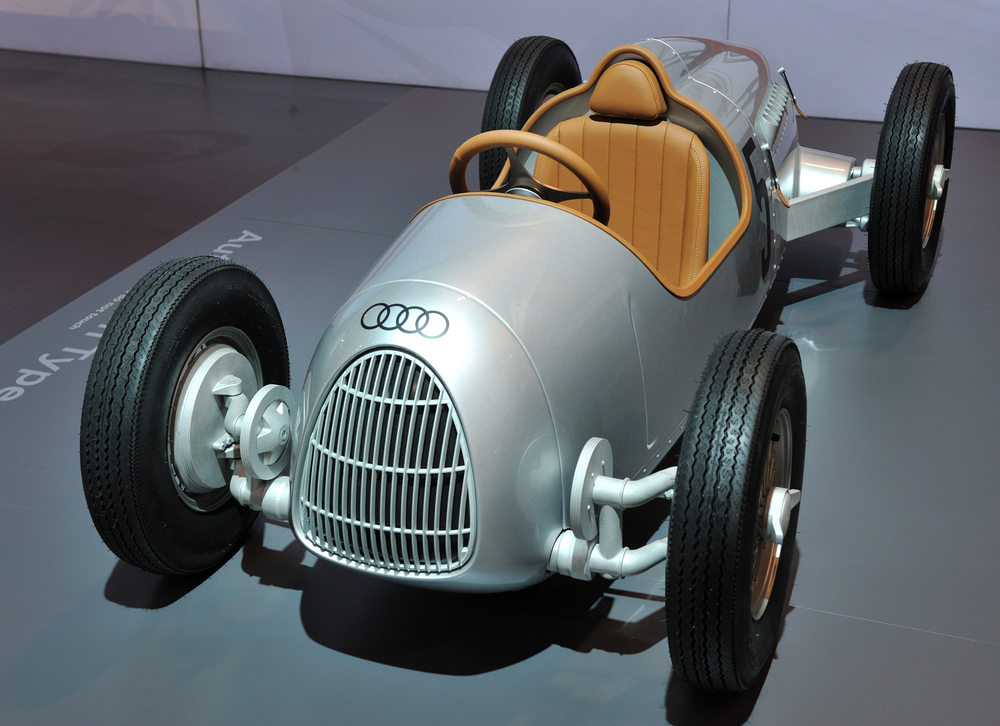
The Auto Union Type C, introduced in 1936, was a revolutionary Grand Prix car with a mid-engine layout. Powered by a 6.0-liter V16 engine, it produced around 520 horsepower. The Type C’s advanced design and incredible speed made it a formidable competitor, achieving numerous victories. Its influence on racing car design and its success on the track make it a standout from the golden age.
Ford Mustang Boss 302
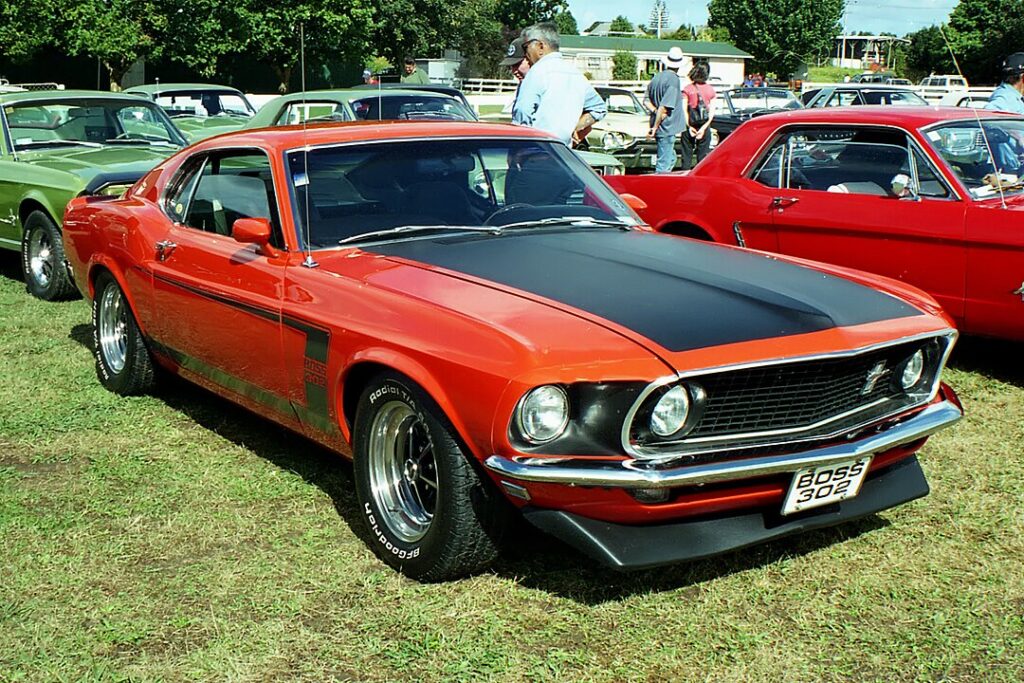
The Ford Mustang Boss 302, introduced in 1969, was a high-performance variant of the Mustang designed for Trans-Am racing. Its 5.0-liter V8 engine produced around 290 horsepower, offering excellent performance. The Boss 302’s success in the Trans-Am series, combined with its aggressive styling and strong performance, make it a legendary muscle car from the golden age of racing.
Chevrolet Corvette Grand Sport
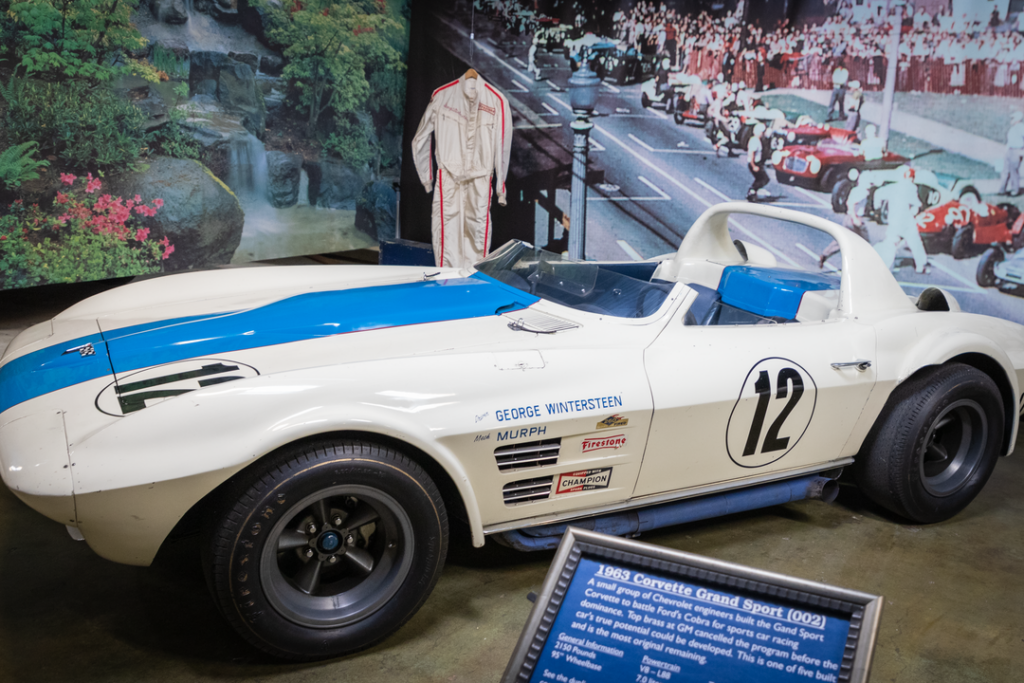
The Chevrolet Corvette Grand Sport, developed in the early 1960s, was intended to compete against the best in international racing. Equipped with a lightweight body and a high-powered V8 engine, it delivered exceptional performance. Although only five were built due to regulatory issues, the Grand Sport’s rarity and racing potential make it a revered model in Corvette history.
Porsche 550 Spyder
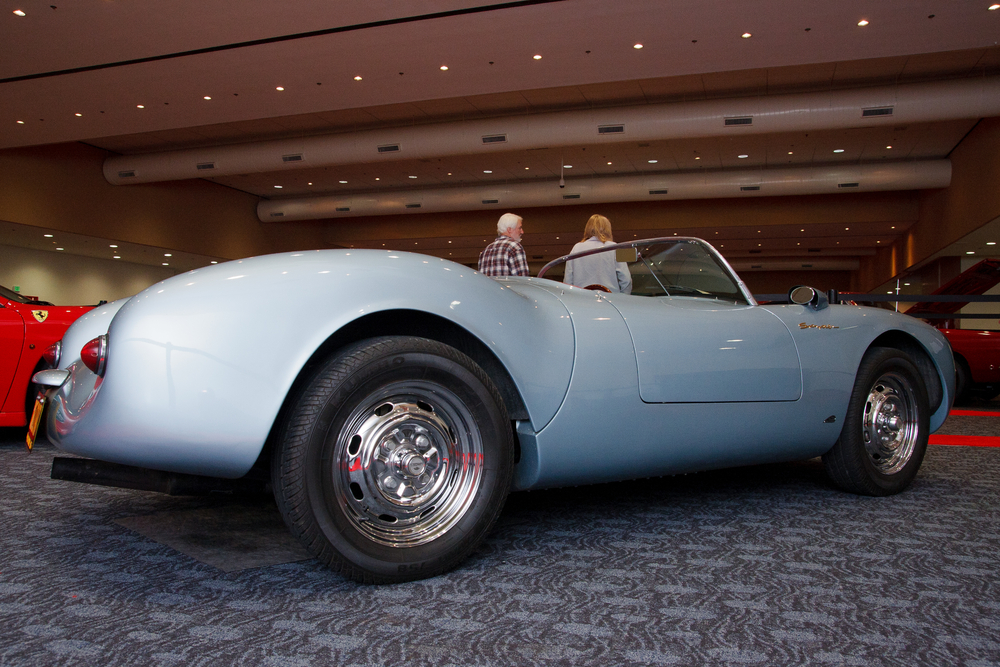
The Porsche 550 Spyder, introduced in 1953, was a lightweight and agile racing car powered by a 1.5-liter flat-four engine. Its success in various racing events, including the Targa Florio and the Carrera Panamericana, showcased its capabilities. The 550 Spyder’s combination of speed, handling, and racing pedigree, along with its association with James Dean, solidify its legendary status.
Jaguar XKSS
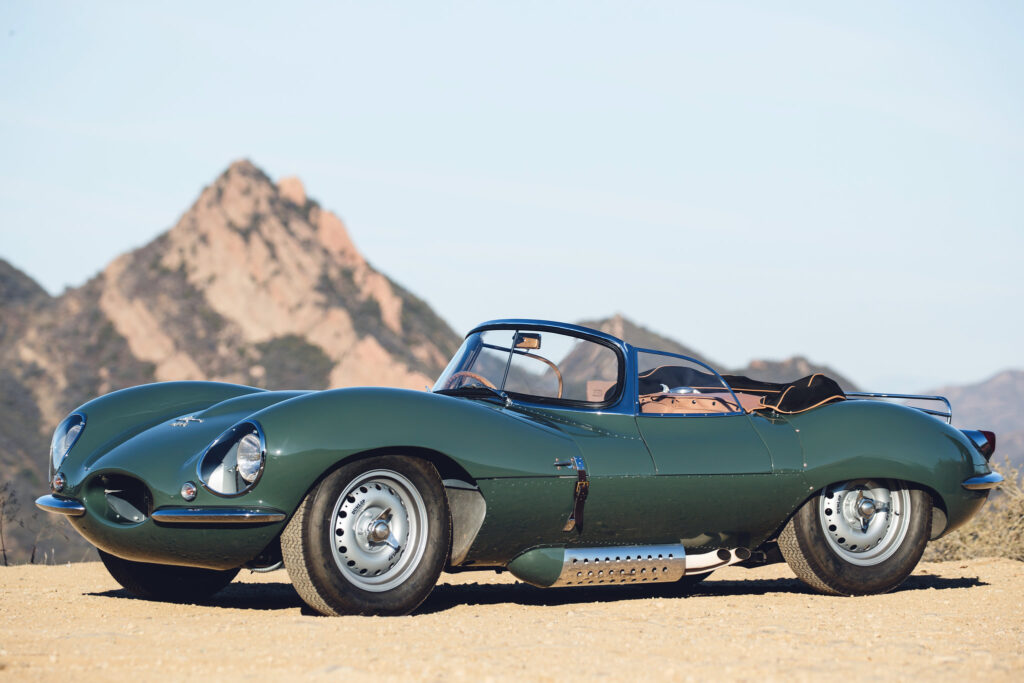
The Jaguar XKSS, a road-going version of the D-Type, was produced in limited numbers in 1957. It featured a 3.4-liter inline-six engine and retained much of the D-Type’s racing technology. The XKSS’s rarity, performance, and connection to the legendary D-Type make it a sought-after classic. Its elegance and historical significance contribute to its legendary status.
Nissan R382
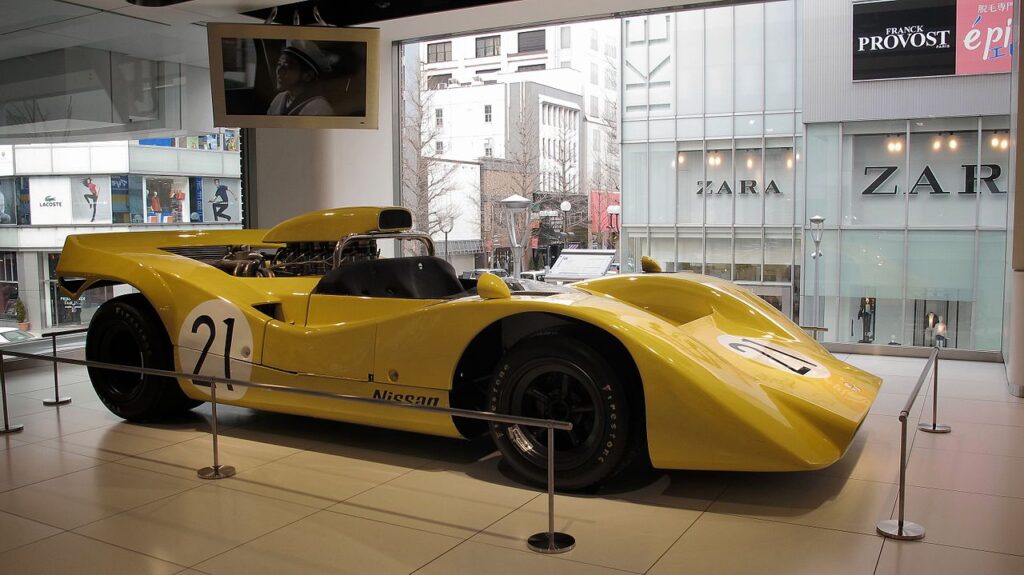
The Nissan R382, introduced in 1969, marked a significant achievement in Japanese motorsport. Powered by a 6.0-liter V12 engine, it delivered around 600 horsepower. The R382’s victory in the 1969 Japanese Grand Prix showcased Nissan’s engineering prowess and competitive spirit. Its success and technological advancements make it a notable entry in the history of racing cars.
This article originally appeared in MyCarMakesNoise.
More from MyCarMakesNoise
10 Classic Cars from the ’60s and ’70s with the Worst Engines

The 1960s and 1970s were an iconic era for car design and culture, but not every model from this time is remembered fondly. While many vehicles became famous for their style and performance, others were plagued by underperforming engines that tarnished their reputations. Read More.
13 Durable SUVs That Are Known For Their Longevity

Selecting an SUV that combines reliability with enduring build quality can be a smart investment for drivers who value long-term performance. These models stand out for their proven track records in maintaining robust functionality and comfort over extensive periods, making them ideal choices for those planning to keep their vehicle for many years. Read More.
13 Rare American Sports Cars You’ll Likely Never See on the Road

American sports cars are renowned for their bold designs, powerful engines, and the indelible mark they leave on the automotive world. From iconic muscle cars of the 1960s to modern-day engineering marvels, these vehicles symbolize freedom, innovation, and raw power. Read More.














